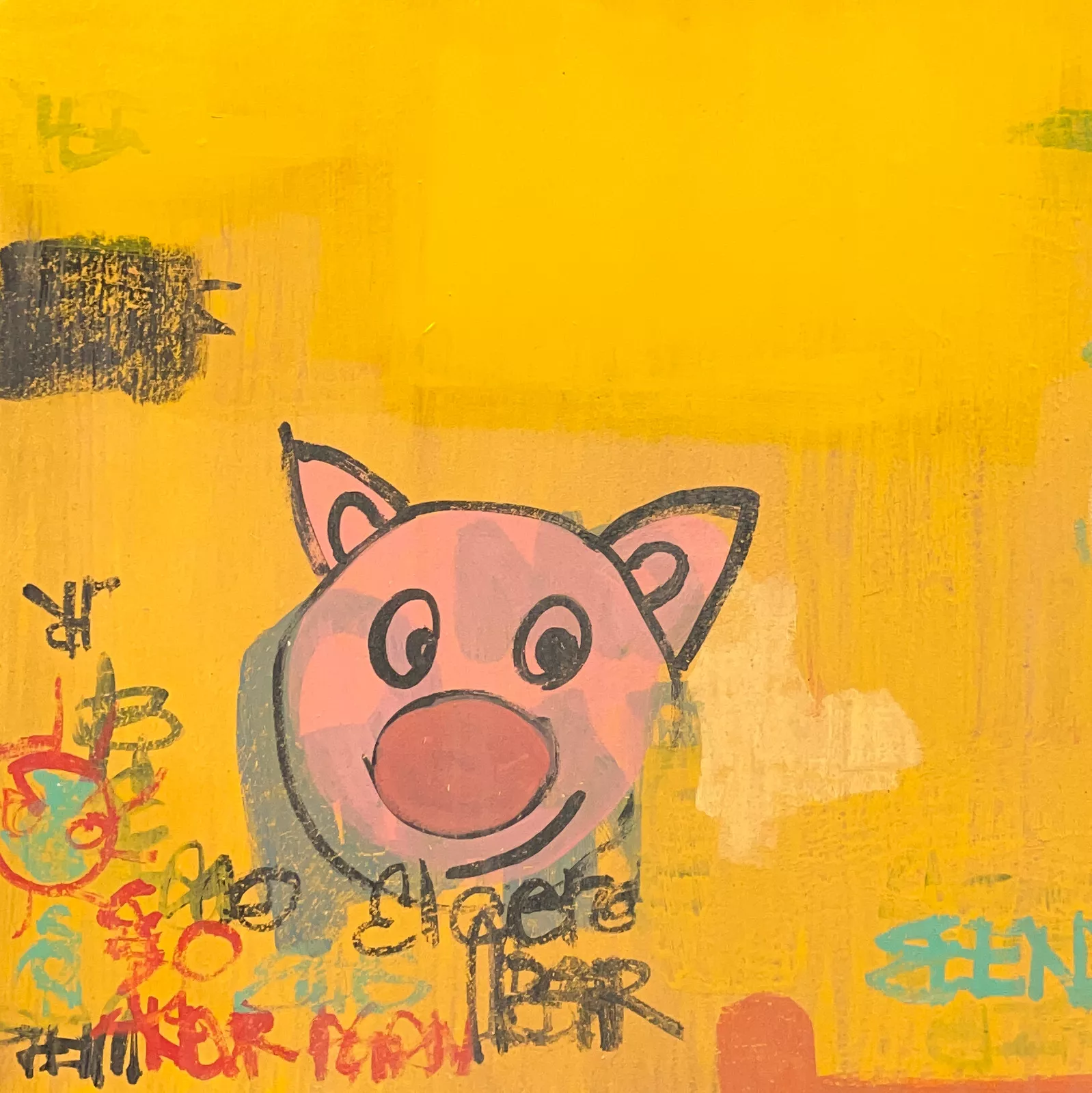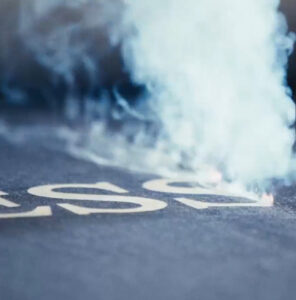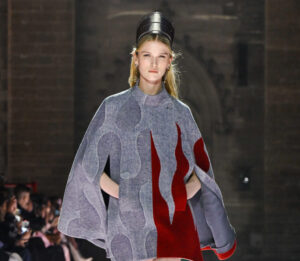Art and literature have long served as powerful mediums for exploring the complexities of human experience, particularly when it comes to themes like wealth, power, and urban life. The October Book Bag is a publication that brings these elements together, focusing on the intersection of money, art, and stories from the ever-evolving metropolis of London. This collection is not just a typical assemblage of essays, articles, and artworks; it’s a deliberate curation of pieces that reflect on the economic and social fabric of the city, capturing the essence of modern London through the lenses of both visual and literary arts.
A Cultural and Economic Perspective
At the heart of the October Book Bag’s collection is the concept of “money art,” a genre that explores the symbolic and literal power of money in society. Money art is not a new phenomenon—it has roots in historical depictions of wealth and power, from Renaissance paintings to the politically charged works of Pop Art. However, what makes the October Book Bag’s focus on money art particularly compelling is its contextual grounding in London, a city whose financial institutions and historical landmarks have long been symbols of global wealth and influence.
Money art, in this context, becomes a vehicle for examining how wealth is perceived, manipulated, and distributed. The artworks and narratives featured in the October Book Bag often juxtapose images of opulence—such as gilded buildings, luxury brands, and towering skyscrapers—with depictions of economic struggle, highlighting the stark contrast between the haves and the have-nots. The collection’s use of money as both a literal and metaphorical motif encourages readers to question what wealth means, not only in a monetary sense but also in terms of social capital and cultural value.
Tales of London: A City of Contrasts
London serves as the perfect backdrop for this collection because it is a city of inherent contradictions. It is a place where the old meets the new, where tradition clashes with modernity, and where staggering wealth coexists with deep-rooted poverty. The stories in the October Book Bag reflect this duality, offering narratives that span across different boroughs, classes, and historical periods.
The tales presented in the collection are not limited to fictional narratives; they also include personal essays, historical anecdotes, and poetic reflections. Each piece reveals a different facet of London’s character, from the bustling financial district of Canary Wharf to the gentrified streets of Shoreditch and the culturally rich neighborhoods of Brixton and Hackney. The inclusion of diverse voices ensures that the stories resonate with a broad audience, giving voice to experiences that might otherwise be overlooked in mainstream discussions of the city.
A recurring theme in these narratives is the impression of wealth on identity and community. As London continues to grapple with issues of gentrification and social inequality, the tales in the October Book Bag serve as a poignant reminder of how economic forces shape personal and collective identities. The stories highlight how money influences everything from the architecture of a neighborhood to the dreams and aspirations of its residents, painting a vivid picture of a city in constant flux.
Visual Narratives of Wealth and Power
The visual art featured in the October Book Bag complements the literary content, creating a multifaceted dialogue between text and image. Many of the artworks use the iconography of money—currency symbols, banknotes, stock market graphs—to critique the way society places value on material wealth. Artists employ various techniques, such as collage, abstraction, and realism, to deconstruct traditional notions of prosperity and success.
One standout piece depicts a skyline of London’s most famous financial institutions, each rendered in stark, monochromatic tones to emphasize their imposing presence. Below the skyline, tiny figures—painted in vibrant colors—navigate a maze of tangled streets, representing the everyday people whose lives are affected by the decisions made in those towering offices. This juxtaposition serves as a visual metaphor for the disconnect between those who control wealth and those who bear its consequences.
Another piece in the collection features a series of manipulated banknotes, where the faces of historical figures are replaced with ordinary Londoners—shopkeepers, street musicians, bus drivers—effectively “devaluing” the currency in the eyes of the viewer. This subversion challenges the viewer to reconsider who truly holds value in society: the financiers and aristocrats depicted on traditional banknotes, or the everyday workers who keep the city alive.
Impression
The October Book Bag is not merely a collection of aesthetically pleasing works; it is a critical examination of the economic forces that define modern London. By presenting art and stories that interrogate the role of money in shaping urban spaces, the publication invites readers to engage with difficult questions about wealth distribution, class privilege, and social mobility.
One of the collection’s strengths is its ability to humanize these abstract concepts. The narratives and artworks focus on individuals and communities, illustrating how macroeconomic trends manifest in personal ways. For instance, one essay chronicles the life of a family struggling to remain in their East London flat amidst rising rents and aggressive developers. The piece is accompanied by a haunting sketch of a crumbling Victorian house, surrounded by cranes and construction sites—visual representations of the forces pushing them out.
This emphasis on personal stories ensures that the collection does not fall into the trap of being overly academic or detached. Instead, it maintains an emotional core that resonates with readers, making the economic critique accessible and relatable.
The Power of Curation
The success of the October Book Bag lies in its thoughtful curation. Each piece, whether textual or visual, is placed in dialogue with the others, creating a cohesive narrative thread that runs throughout the publication. The layout, typography, and design choices all contribute to an immersive experience, drawing readers into the world of money art and urban storytelling.
The decision to focus on London as the setting for this exploration further enhances the collection’s impact. London’s history as a financial hub, combined with its diverse cultural landscape, makes it an ideal subject for a collection that seeks to unpack the complexities of wealth and identity. The city becomes a character in its own right, its streets and buildings telling their own stories of power, conflict, and change.
A Cultural Artifact of Contemporary London
The October Book Bag is more than just a publication; it is a cultural artifact that captures the pulse of contemporary London through the lens of money art and urban narratives. By bringing together diverse voices and artistic styles, the collection offers a nuanced portrayal of the city’s economic landscape, while also serving as a platform for critical reflection and dialogue.
For those interested in the intersections of art, literature, and economics, the October Book Bag is an essential read. It challenges conventional understandings of wealth and value, presenting a thought-provoking exploration of how money shapes the identities and stories of people living in one of the world’s most dynamic cities. Through its pages, the publication invites readers to see London—and the role of money in our lives—in a new light.
No comments yet.








